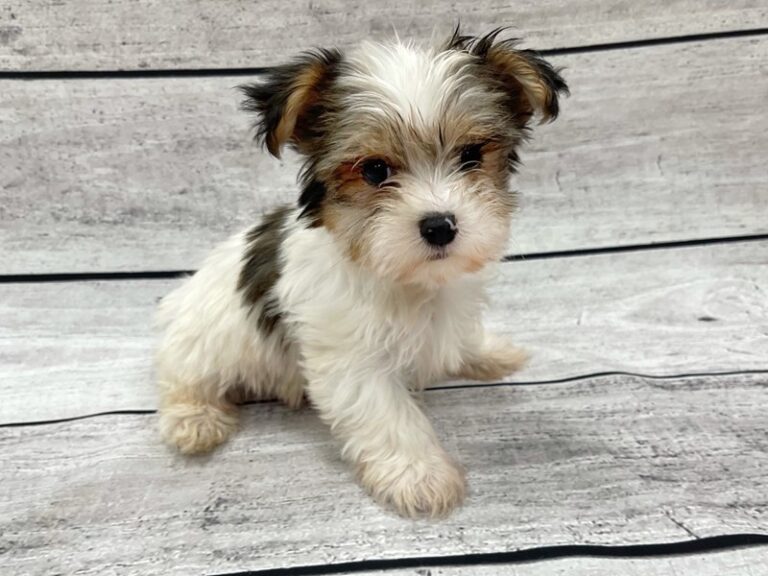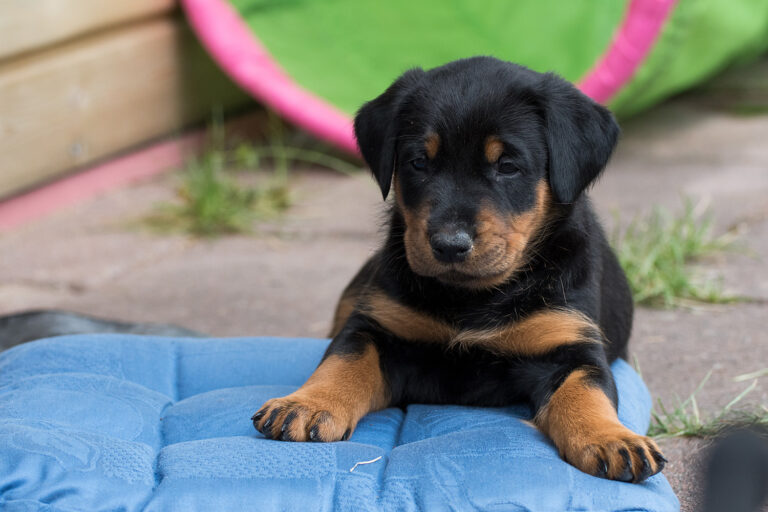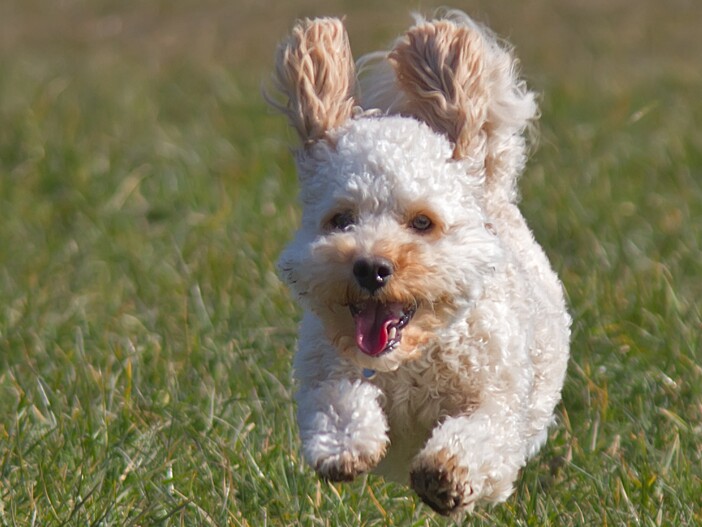The Mini Collie vs Sheltie Debate: Setting the Record Straight
It’s a common misconception that the Shetland Sheepdog, affectionately known as the Sheltie, is simply a miniature version of the Rough Collie.
While these two breeds share some striking similarities in appearance, the answer to whether a Sheltie is a mini Collie is more complex than a simple yes or no. Let’s dive deep into the fascinating world of these two beloved herding breeds and uncover the truth behind their relationship.
Historical Origins: Two Distinct Stories
The story of these breeds begins in two very different places. The Rough Collie, made famous by the television series “Lassie,” originated in the Scottish Highlands, where they were developed as herding dogs for managing large flocks of sheep across vast, rugged terrain. These dogs needed to be substantial in size to handle the demanding work and harsh conditions.
In contrast, the Shetland Sheepdog’s story begins in the remote Shetland Islands, located off the northern coast of Scotland. These islands, known for their miniature livestock including Shetland ponies and Shetland sheep, gave rise to a unique herding dog adapted to their specific needs. The harsh climate and limited resources of the islands naturally favored smaller, more efficient working dogs.
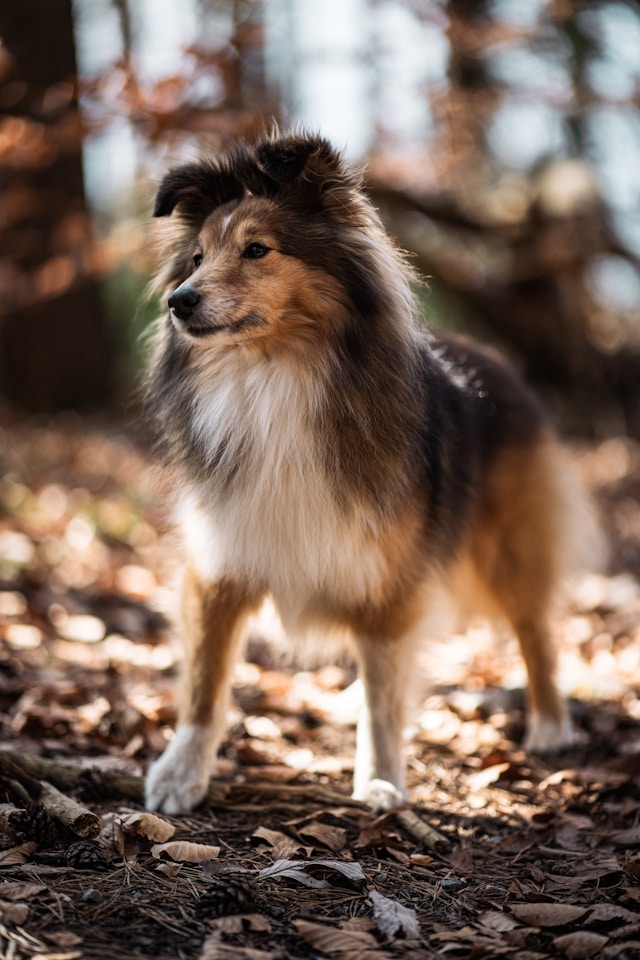
Is a Sheltie a Miniature Collie? Understanding the Differences and Similarities
When people search for “mini collie vs sheltie” or “mini collie sheltie” information, they’re often trying to understand if these breeds are essentially the same dog in different sizes. While the Sheltie was indeed developed using some Rough Collie bloodlines, it’s crucial to understand that they are distinct breeds with their own genetic makeup and characteristics.
According to genetic studies published in the journal “Canine Genetics and Epidemiology,” Shelties and Collies share some DNA markers, but they have distinct genetic profiles. This scientific evidence supports what breed historians have long maintained: while the breeds are related, they were developed independently for different purposes.
Physical Characteristics: More Than Just Size
At first glance, the Sheltie might appear to be a scaled-down version of the Rough Collie, but closer inspection reveals several distinct differences:
Size and Structure
The Rough Collie typically stands 22-26 inches tall at the shoulder and weighs 50-75 pounds. In contrast, the Sheltie stands 13-16 inches tall and weighs just 15-25 pounds. This size difference isn’t simply a matter of scaling down – the Sheltie has its own unique proportions and body structure.
Research conducted by veterinary anatomists has shown that Shelties have slightly different skeletal proportions compared to Collies, particularly in their skull shape and leg-to-body ratios. These differences reflect their separate developmental histories and breeding purposes.
Coat and Coloring
While both breeds sport a double coat with similar color patterns, including sable, blue merle, and tri-color variations, there are subtle differences in texture and density. The Sheltie’s coat tends to be slightly harder in texture, while the Collie’s coat is typically softer and more abundant.
Temperament and Personality: Distinct Behavioral Traits
One of the most significant differences between these breeds lies in their temperamental characteristics. A study published in the “Journal of Veterinary Behavior” examined personality traits across different herding breeds and found notable distinctions between Shelties and Collies.
Shelties tend to be more alert and reactive to their environment, making them excellent watchdogs despite their small size. They often display a more reserved nature with strangers and can be more vocal than their larger cousins. This tendency to bark more frequently likely stems from their historical role as watchdogs on the Shetland Islands, where alerting to incoming boats or unfamiliar visitors was crucial.
Rough Collies, while also intelligent and sensitive, typically display a more laid-back temperament. They tend to be more accepting of strangers and generally less vocal. Their historical role working closely with shepherds required a calm, steady nature that remains characteristic of the breed today.
Health Considerations: Shared and Unique Challenges
Both breeds face some similar health challenges, particularly those common to herding breeds, but there are important differences in their health profiles:
Genetic Health Issues
Research from the Canine Health Information Center (CHIC) database shows that while both breeds can suffer from certain hereditary conditions like Collie Eye Anomaly (CEA), the frequency and expression of these conditions can vary significantly between the breeds.
Shelties have a higher incidence of certain autoimmune disorders and von Willebrand’s Disease, while Collies are more prone to specific types of drug sensitivities due to the MDR1 gene mutation. Understanding these differences is crucial for proper veterinary care and breeding programs.
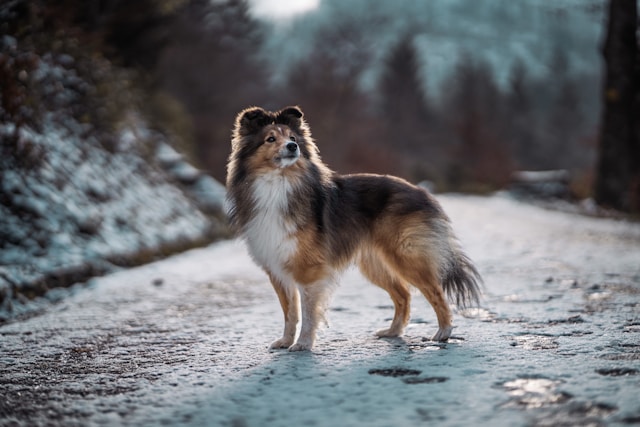
Intelligence and Trainability: Working Dogs at Heart
Both breeds consistently rank high in canine intelligence studies. Dr. Stanley Coren’s renowned research on dog intelligence places both breeds in the top tier for working intelligence, but their learning styles and motivations can differ significantly.
Shelties often excel in agility and obedience competitions, their smaller size and quick reflexes making them particularly adept at these sports. Their eager-to-please nature combined with high intelligence makes them highly trainable, though they can be sensitive to harsh corrections.
Collies, while equally intelligent, often display a more independent thinking style, reflecting their history of working at a distance from their handlers. They excel in tasks requiring problem-solving and independent decision-making.
Living With These Breeds: Practical Considerations
When choosing between these breeds, several practical factors come into play:
Space Requirements
The Sheltie’s smaller size makes them more adaptable to apartment living, provided they receive adequate exercise. Collies, being larger, typically require more space and are better suited to homes with yards.
Exercise Needs
Despite the size difference, both breeds have significant exercise requirements. However, Shelties can often satisfy their exercise needs in smaller spaces, making them more versatile for different living situations. Research indicates that both breeds benefit from at least 60 minutes of daily activity, though the intensity and type of exercise may differ.
Grooming Demands
Both breeds require regular grooming to maintain their double coats. However, the Sheltie’s smaller size makes the task more manageable for many owners. Professional groomers report spending approximately 1-1.5 hours on a Sheltie compared to 2-3 hours on a Collie.
Modern Roles: Beyond Herding
In today’s world, both breeds have adapted well to companion roles while maintaining their working dog intelligence and drive. They excel in various dog sports and activities:
Shelties have become particularly prominent in dog agility, where their speed, agility, and smaller size give them advantages in navigating complex courses. They also excel in competitive obedience and rally events.
Collies have found success as therapy dogs and in search and rescue work, where their size and gentle nature make them well-suited for these roles. Their patient temperament also makes them excellent family dogs.
Wrapping up
While the Sheltie and Rough Collie share some ancestry and certain physical characteristics, they are distinctly different breeds with their own unique traits, purposes, and needs. The Sheltie is not simply a miniaturized version of the Collie, but rather a separate breed that was developed for specific purposes in a unique environment.
Understanding these differences is crucial for potential dog owners considering either breed. While both make wonderful companions, their distinct characteristics mean they may be better suited to different lifestyles and preferences.
The ongoing popularity of both breeds speaks to their adaptability and appeal as family pets, while their working heritage ensures they remain intelligent, trainable, and eager to please. Whether you’re drawn to the majestic Rough Collie or the spirited Sheltie, both breeds offer their own special blend of beauty, intelligence, and devotion.
